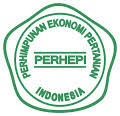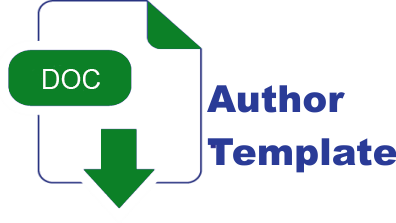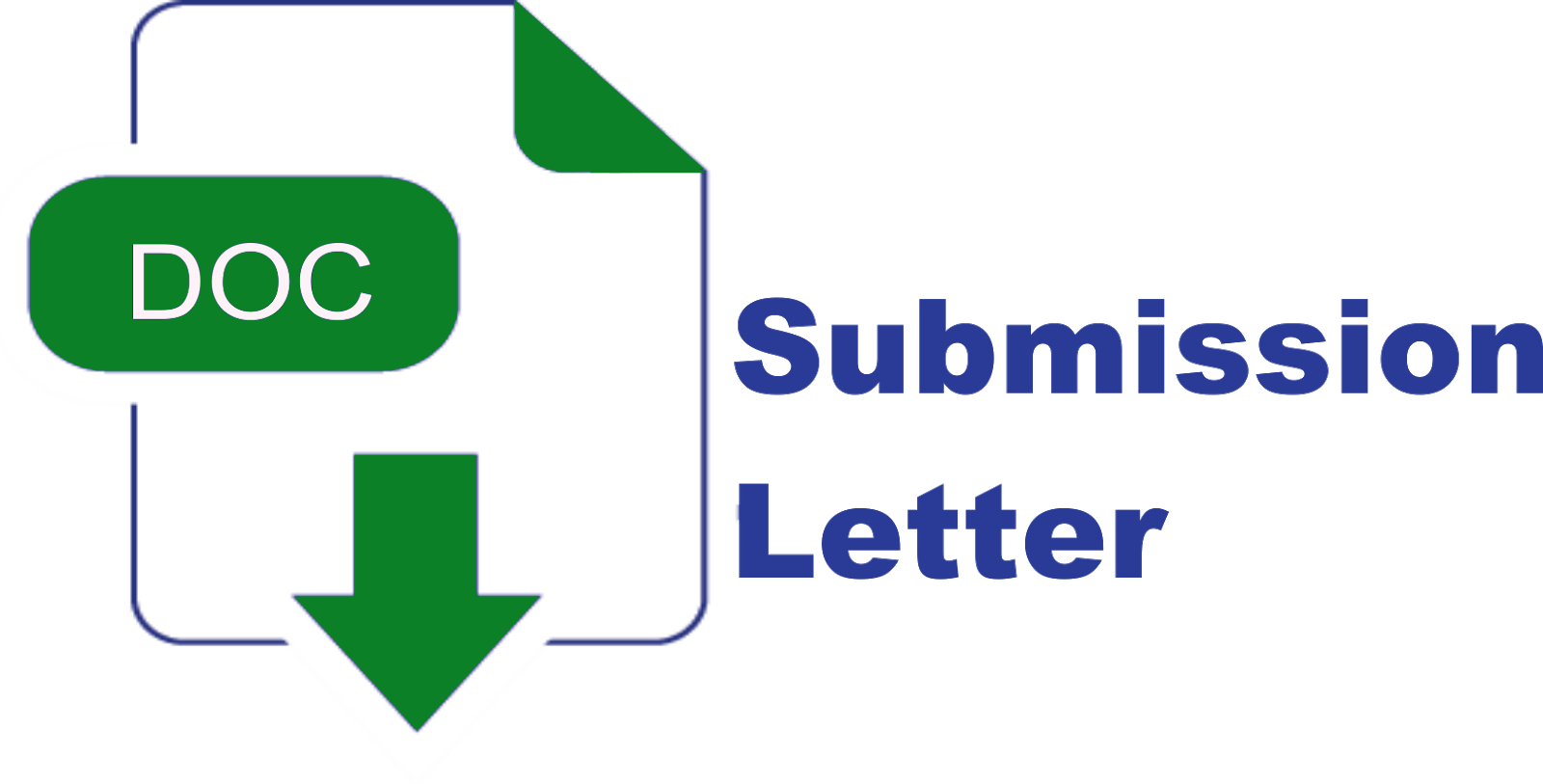Author Guidelines Peer Review Editorial Team Reviewers Focus and Scope Publication Ethics Copyright Notice Author(s) Fee Plagiarism Policy
Submissions
Submission Preparation Checklist
As part of the submission process, authors are required to check off their submission's compliance with all of the following items, and submissions may be returned to authors that do not adhere to these guidelines.- The submission has not been previously published, nor is it before another journal for consideration (or an explanation has been provided in Comments to the Editor).
- The submission file is in OpenOffice, Microsoft Word, RTF, or WordPerfect document file format.
- Where available, URLs for the references have been provided
- The text is single-spaced; uses a 12-point font; employs italics, rather than underlining (except with URL addresses); and all illustrations, figures, and tables are placed within the text at the appropriate points, rather than at the end.
- The text adheres to the stylistic and bibliographic requirements outlined in the Author Guidelines, which is found in About the Journal.
- If submitting to a peer-reviewed section of the journal, the instructions in Ensuring a double-Blind Review have been followed.
Copyright Notice
With the receipt of the article by the Journal of Food System and Agribusiness Editorial Board and the decision to be published, then the copyright regarding the article will be diverted to Journal of Food System and Agribusiness.
Politeknik Negeri Lampung as the publisher of Journal of Food System and Agribusiness hold the copyright regarding all the published articles in this journal.Â
Politeknik Negeri Lampung has the right to multiply and distribute the article and every author is not allowed to publish the same article that was published in this journal.
The manuscript authentic and copyright statement submission can be downloaded ON THIS FORM. Fill out the form and submit as supplementary file.
All publications by Jurnal Agro Industri Perkebunan is licensed under a Creative Commons Attribution Non-Commercial 4.0 International License.























